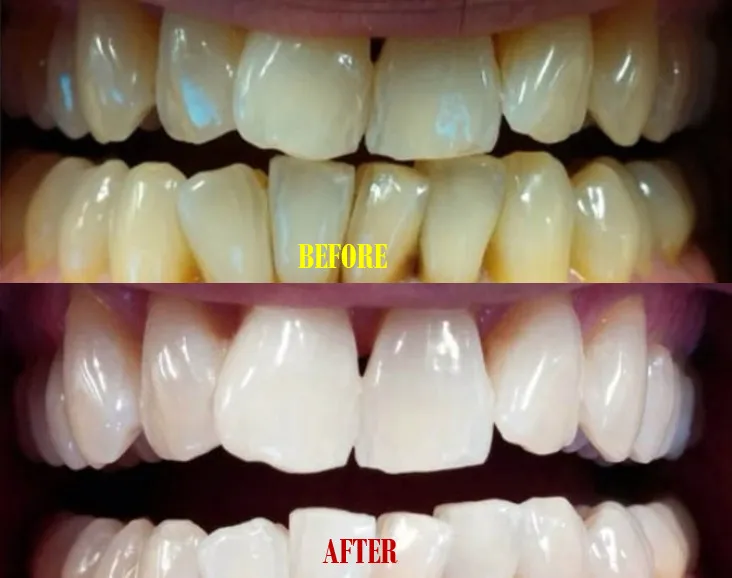Why Baking Soda for Teeth Whitening
Baking soda, a common household staple, has gained popularity as a teeth-whitening agent. Its effectiveness stems from its unique properties, making it a readily available and affordable option for those seeking a brighter smile. Many people are turning to natural remedies and DIY solutions for their oral hygiene, and baking soda has emerged as a leading contender. Its appeal lies in its accessibility and the promise of noticeable results, all without the high costs and potential sensitivities associated with professional treatments. However, it is important to understand how baking soda works and to use it safely and effectively for the best outcome.
How Baking Soda Works on Teeth
Baking soda’s ability to whiten teeth is primarily due to two key mechanisms abrasive action and its impact on pH levels. These properties work together to help remove stains and freshen the mouth. It’s essential to understand these mechanisms to use baking soda safely and effectively. While baking soda can be effective in removing surface stains and maintaining oral hygiene, it is not a substitute for regular dental check-ups and professional cleanings. Understanding these aspects of baking soda’s action can help manage expectations and ensure safe usage.
Baking Soda’s Abrasive Action
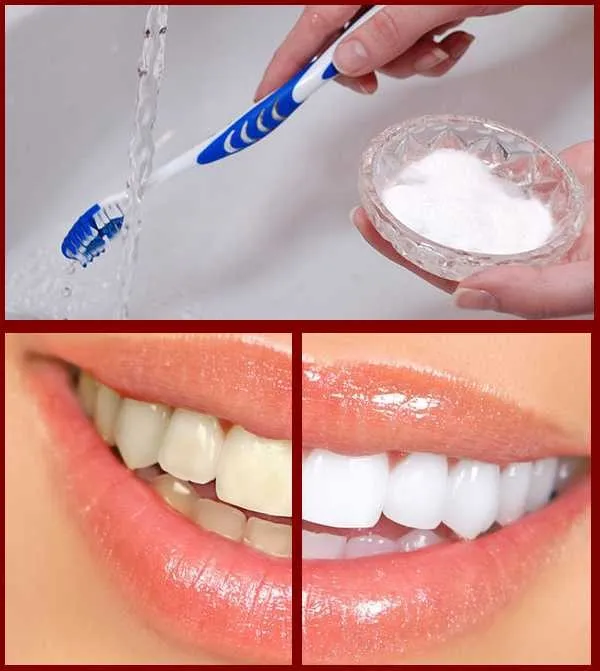
Baking soda acts as a mild abrasive, helping to scrub away surface stains caused by coffee, tea, wine, and other staining agents. The small, slightly gritty particles of baking soda help to dislodge these stains from the enamel surface. This abrasive action is gentle enough not to significantly damage tooth enamel when used properly, though excessive or vigorous brushing can lead to enamel erosion over time. This is why moderation is crucial when using baking soda for teeth whitening, and it should be used with care and attention to technique.
Baking Soda’s pH Level
Baking soda is alkaline, meaning it has a higher pH level. This can help neutralize acids in the mouth. Acids can erode enamel and contribute to staining and discoloration. By creating a less acidic environment, baking soda helps to protect the enamel and prevent further staining. The alkaline environment also inhibits the growth of bacteria, further promoting oral health. This dual action of stain removal and pH balance makes baking soda a valuable tool in the quest for a brighter smile.
Whitening Teeth with Baking Soda Step-by-Step
Using baking soda to whiten your teeth is a straightforward process that can be easily incorporated into your oral hygiene routine. The steps below provide a detailed guide to safely and effectively utilize baking soda for teeth whitening. It’s important to follow these instructions carefully to achieve optimal results while minimizing potential risks. Remember to be consistent with your routine for the best outcomes. Always consult with a dentist if you have any concerns or experience any adverse effects.
Gathering Your Supplies
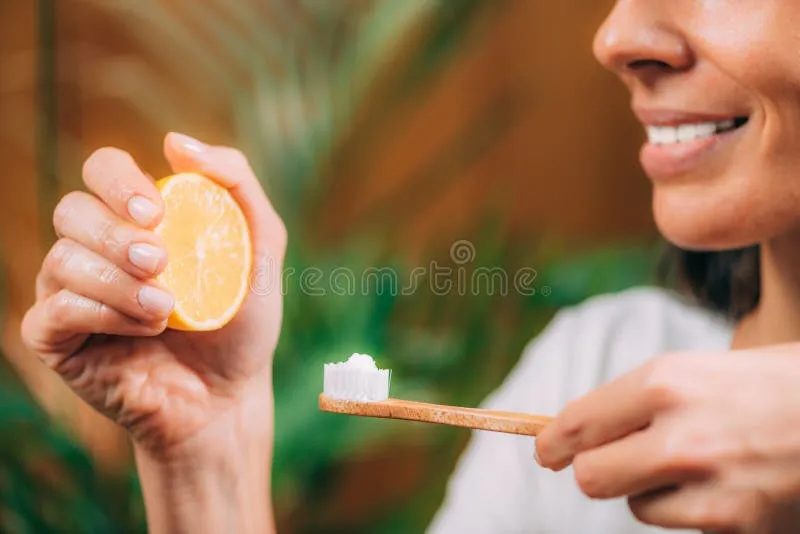
Before you begin, gather the necessary supplies. You will need baking soda, water, a small container or cup for mixing, and your toothbrush. Ensure your toothbrush is clean and in good condition, with soft bristles recommended to prevent enamel damage. Also, it’s best to use fresh, high-quality baking soda for optimal results. Make sure to keep your supplies in a clean and accessible location to easily incorporate this into your daily routine. Ensure your tools are ready and available to make the process easy and efficient.
Mixing Baking Soda and Water
In your small container, mix about one to two teaspoons of baking soda with enough water to form a paste. The consistency should be similar to toothpaste, not too watery or too thick. The exact amount of water may vary depending on your preference and the texture of the baking soda. Stir the mixture until it is well combined, ensuring that there are no lumps. This paste will be the whitening agent that you will apply to your teeth. Adjust the mixture as needed until you get the desired consistency.
Application Techniques
Apply the baking soda paste to your toothbrush. Gently brush your teeth using small, circular motions for about two minutes. Make sure to cover all surfaces of your teeth, paying attention to areas where stains are most visible. Avoid brushing too vigorously, as this can damage the enamel. Maintain a consistent pressure while brushing to ensure even coverage. After brushing, rinse your mouth thoroughly with water. Remember to rinse your toothbrush well to remove any remaining baking soda paste. This ensures the baking soda reaches every surface of the teeth.
Brush Your Teeth Thoroughly

When brushing with baking soda, make sure to reach all areas of your mouth, including the back teeth, to ensure comprehensive cleaning and whitening. This ensures that the baking soda’s effects are evenly distributed, and removes any food particles or plaque. Proper brushing technique and coverage are key. Brushing thoroughly will help to maximize the effectiveness of the baking soda and contribute to overall oral health. Make sure to pay special attention to areas with stubborn stains or discoloration to help achieve a brighter, cleaner smile.
Rinse and Repeat
After brushing, rinse your mouth thoroughly with water to remove any remaining baking soda. Then, rinse your toothbrush to remove any paste residue. You can follow up with your regular toothpaste. It is important to repeat this process as directed. This ensures that all traces of baking soda are gone and you maintain good oral hygiene. After brushing and rinsing, it’s advisable to check your teeth for any remaining stains. This will help you track the progress and adjust your routine as needed.
Enhancing Whitening Results
While baking soda alone can provide noticeable whitening, some people choose to combine it with other ingredients to boost its effects. Several natural additives can enhance the whitening process. It’s crucial to use these enhancers with caution and in moderation to prevent any adverse effects. Always be mindful of your teeth’s sensitivity and consult with a dentist before introducing any new ingredients to your routine. The goal is to find a balance that maximizes whitening while protecting your oral health. Remember that results may vary, so consistency and patience are key.
Adding Hydrogen Peroxide
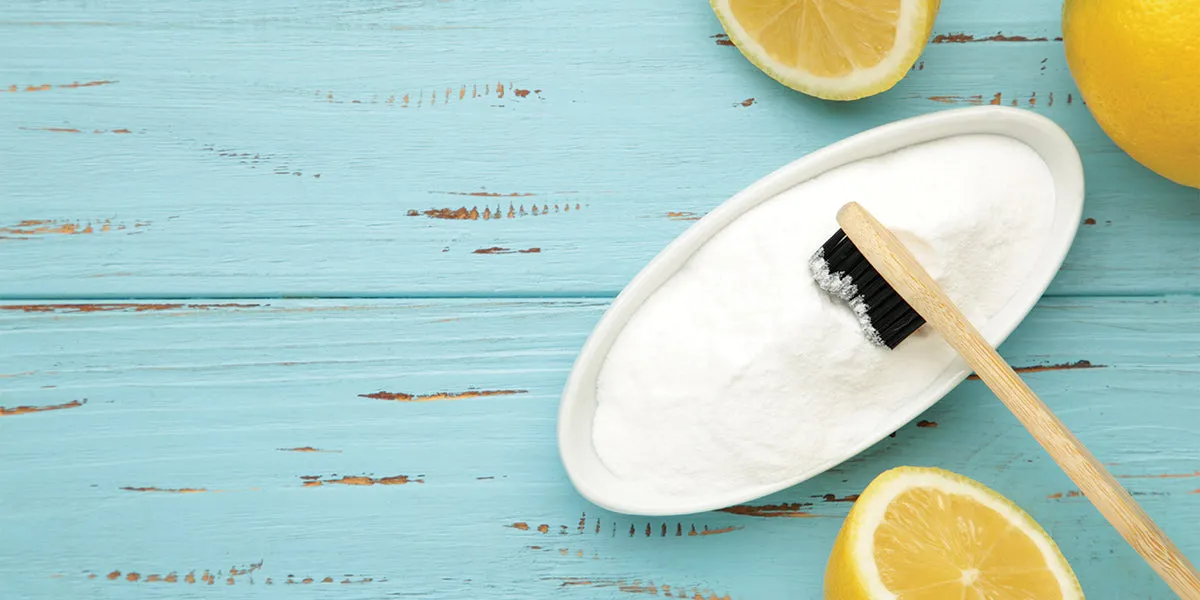
Hydrogen peroxide is another ingredient often used in teeth whitening. When combined with baking soda, it can increase the whitening effect. Mix a small amount of 3% hydrogen peroxide with baking soda to create a paste, and then apply it to your teeth. Hydrogen peroxide acts as a bleaching agent, helping to remove deeper stains. Use this mixture sparingly to avoid sensitivity or irritation. Consult with your dentist before using this combination, as overuse can lead to enamel damage. Consider this a supplementary method for achieving a brighter smile.
Incorporating Lemon Juice
Lemon juice is another ingredient sometimes added to baking soda for teeth whitening. The citric acid in lemon juice can help to brighten teeth, however, it’s very acidic and can erode the enamel if used too frequently. If you choose to use lemon juice, mix a small amount with baking soda to create a paste. Apply it to your teeth for a short time, then rinse thoroughly. Due to the acidity, it should be used very sparingly. If you experience any sensitivity or discomfort, discontinue use immediately. Always prioritize the health of your enamel.
Important Considerations and Safety
While baking soda is a generally safe and effective teeth-whitening option, it’s essential to be aware of certain precautions and safety guidelines. Overuse or improper use can lead to unwanted side effects or damage to your teeth. By understanding these considerations, you can incorporate baking soda into your oral hygiene routine safely and effectively. Prioritizing your oral health and consulting with a dentist when in doubt is crucial. These tips are essential for maximizing benefits while minimizing potential risks. Ensure the health of your teeth is always the top priority.
Frequency of Use
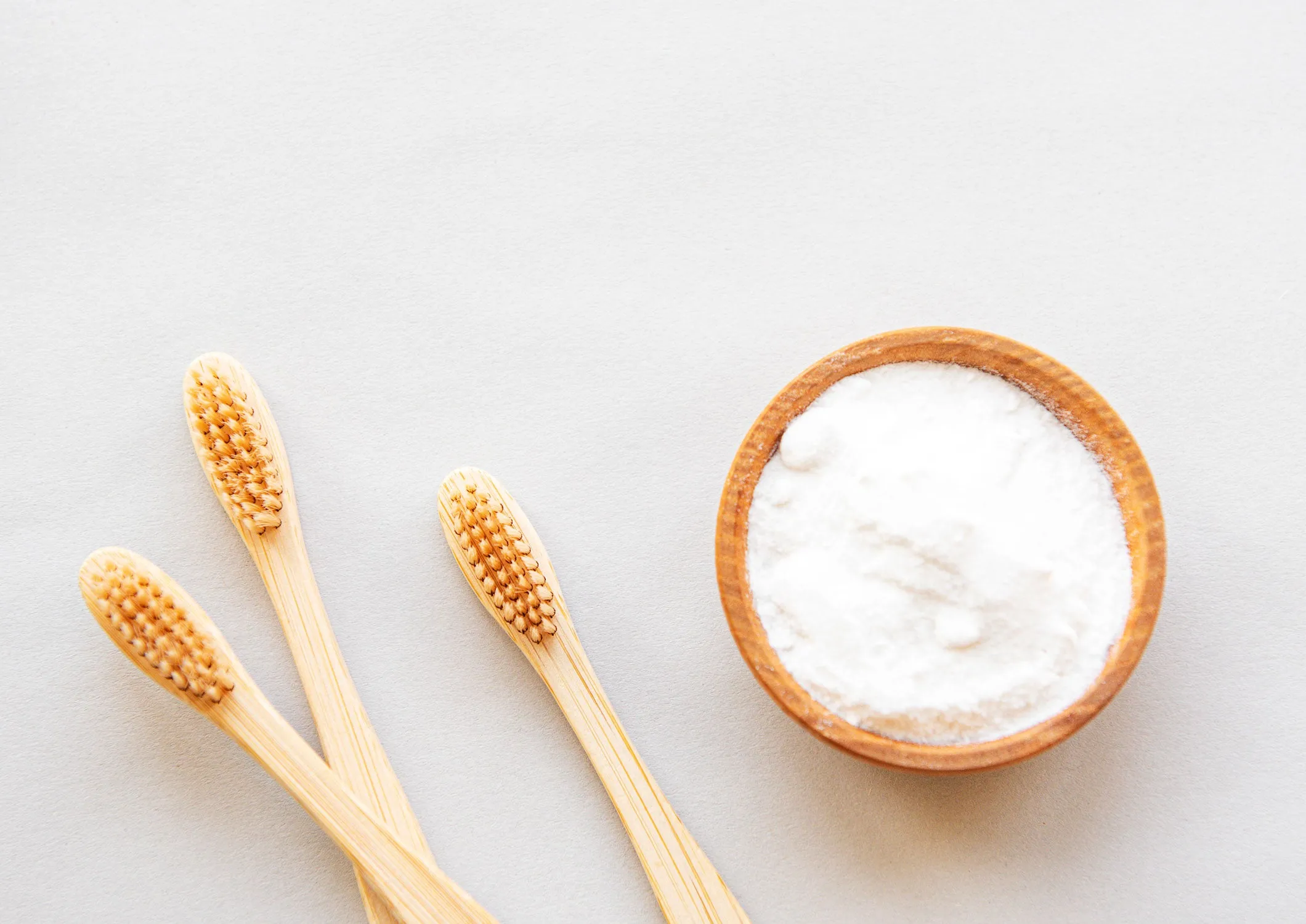
It is important not to use baking soda too often. Using it several times a day can be abrasive and can potentially damage enamel. The recommended frequency is typically once or twice a week. Listen to your teeth; if you experience any sensitivity, reduce the frequency or stop using baking soda. Regular use can wear down enamel over time, leading to increased sensitivity and the potential for cavities. Moderation is key when incorporating baking soda into your routine. Maintain a balance between whitening your teeth and maintaining their health.
Potential Risks and Side Effects
While baking soda is generally safe, there are potential risks and side effects. Excessive use can lead to increased tooth sensitivity, enamel erosion, and gum irritation. Some people may experience temporary discomfort or a tingling sensation. If you experience any of these symptoms, discontinue use immediately and consult with a dentist. Always monitor your teeth’s response and adjust your routine accordingly. If you have any pre-existing dental issues, consult with a dental professional before using baking soda. Ensure that the whitening process does not exacerbate these concerns.
Alternatives to Baking Soda Whitening
If baking soda is not the right choice for you or you’re looking for alternative options, several other teeth-whitening methods are available. These alternatives offer varying levels of effectiveness and may be more suitable for different individuals and preferences. From over-the-counter products to professional treatments, the possibilities cater to a variety of needs and dental conditions. Consult with your dentist to determine which alternative best aligns with your oral health and aesthetic goals. It is recommended to review all options before beginning any whitening procedure to ensure its suitability and safety.
Professional Teeth Whitening
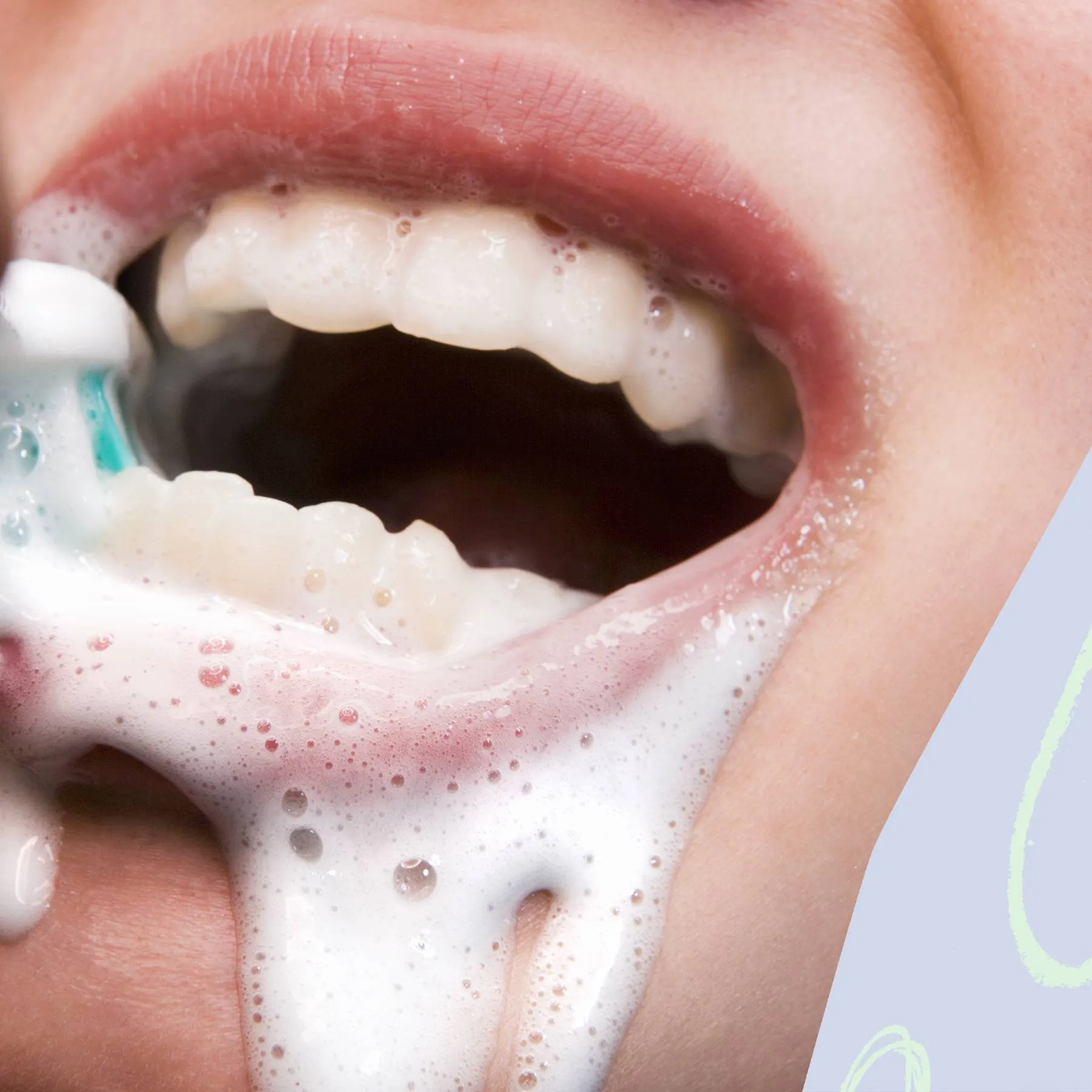
Professional teeth whitening performed by a dentist is often the most effective way to achieve significant whitening results. These treatments typically involve the use of high-concentration bleaching agents that can provide dramatic improvements in a short amount of time. Your dentist can also ensure the safety of the procedure and address any underlying dental issues that might affect the outcome. Professional whitening is ideal for those seeking rapid and noticeable results. The procedure is tailored to each patient’s specific needs, leading to safer and more effective outcomes. This remains the gold standard in teeth whitening, providing a comprehensive approach.
Over-the-Counter Whitening Products
A wide variety of over-the-counter whitening products are available, including whitening toothpaste, strips, and gels. These products are generally more accessible and less expensive than professional treatments. While these products can offer some degree of whitening, the results may not be as dramatic as professional options. It is essential to follow the instructions carefully and to be aware of potential sensitivities. Many of these products contain peroxide-based bleaching agents, and the concentration determines their effectiveness. It is advisable to consult a dentist if you have any concerns or if your teeth are highly sensitive.
Conclusion
Baking soda can be an effective and affordable method for teeth whitening when used correctly. Its abrasive and pH-balancing properties help remove surface stains and promote oral health. While it offers a convenient home remedy, it’s essential to use baking soda with caution, keeping in mind the potential for enamel erosion and sensitivity. Always practice moderation, and consider the alternatives available, from professional treatments to over-the-counter products. The key to a brighter smile is a comprehensive approach that prioritizes oral health and a balanced routine. Consider the benefits and the risks, and make an informed decision that suits your needs.
